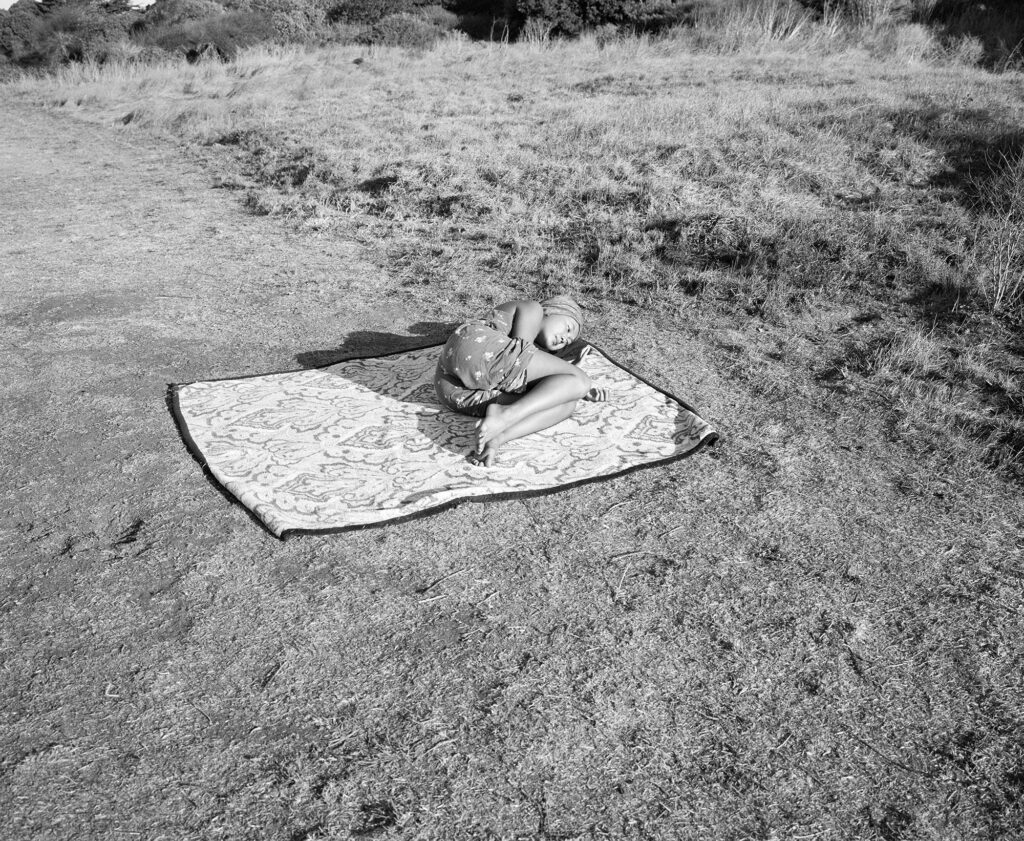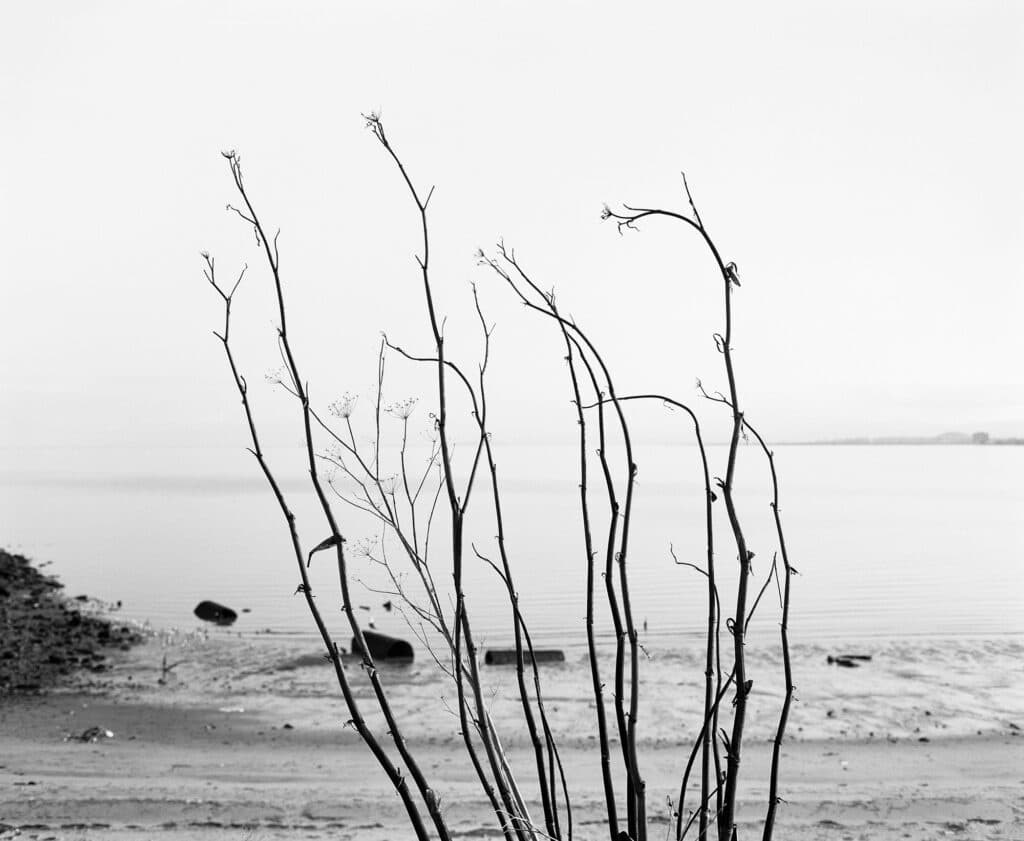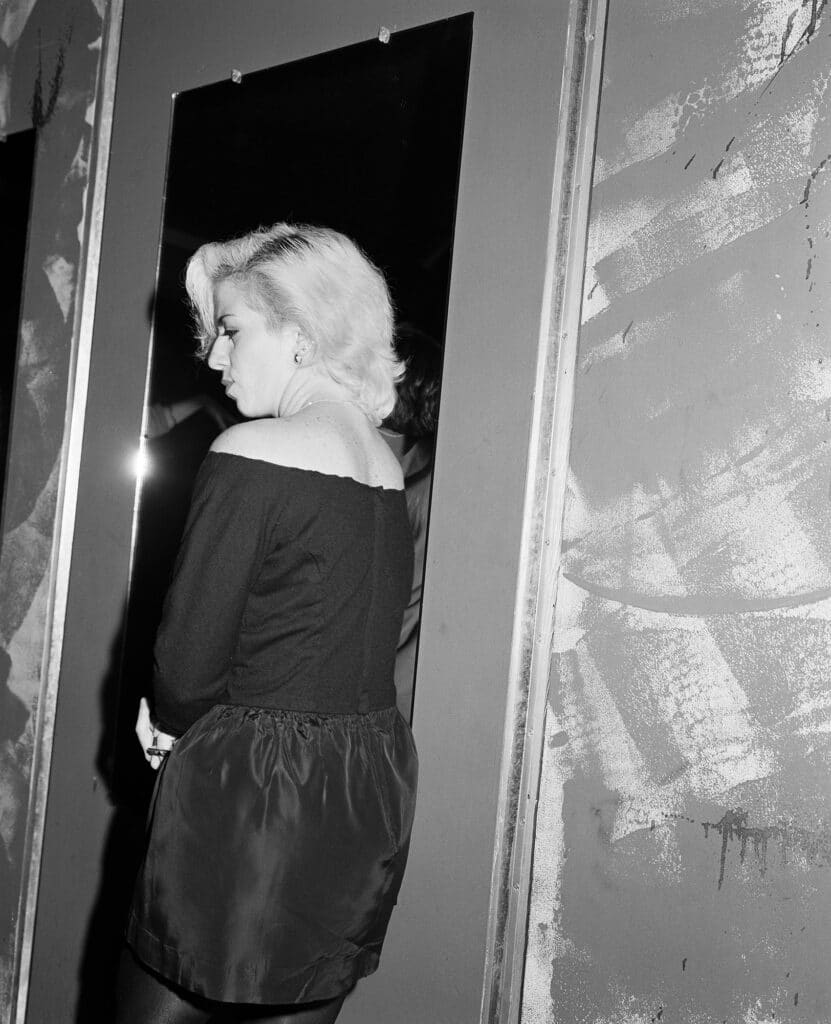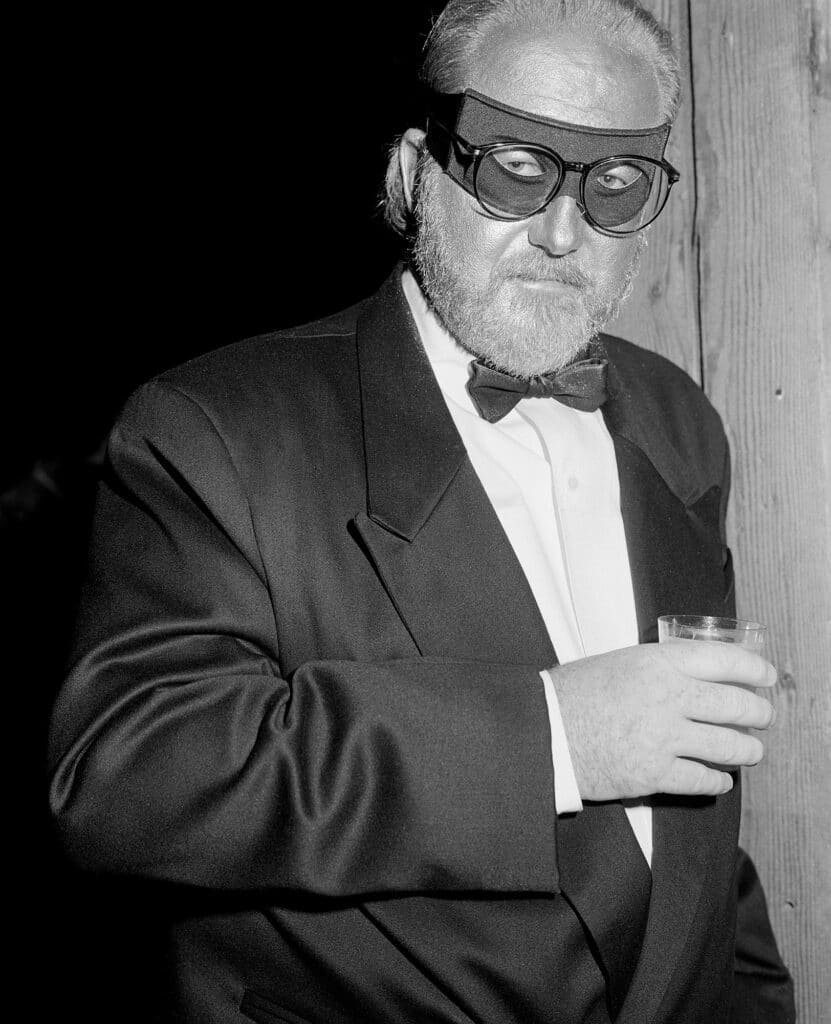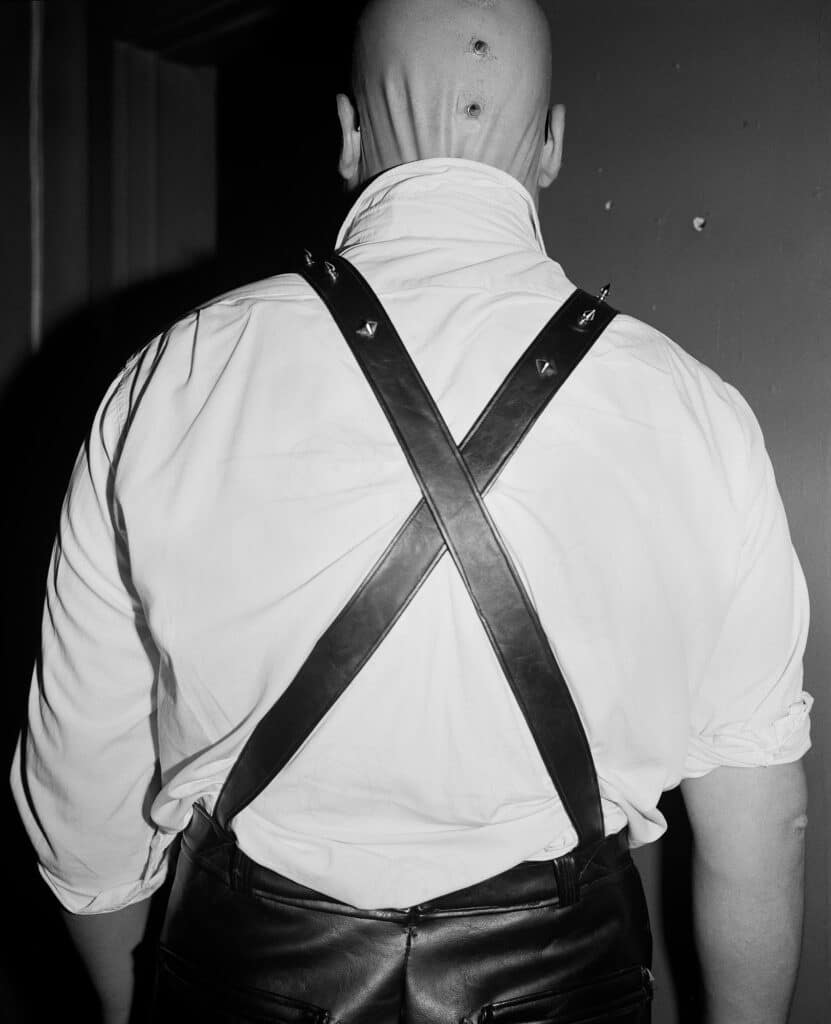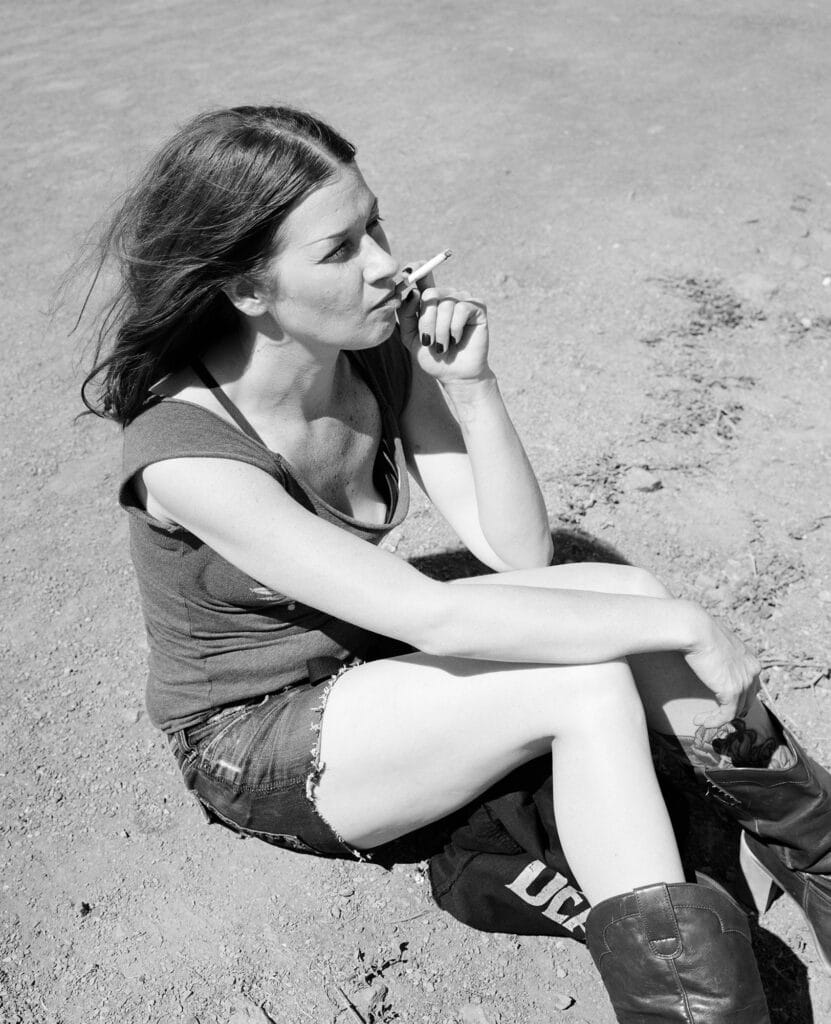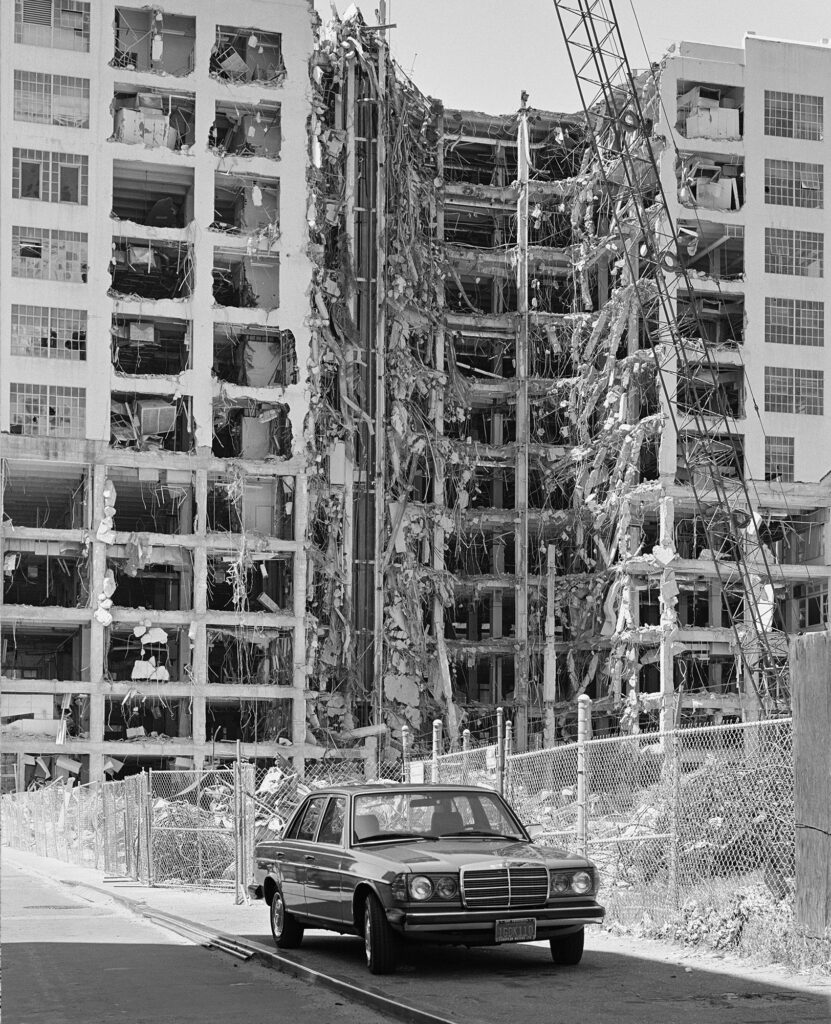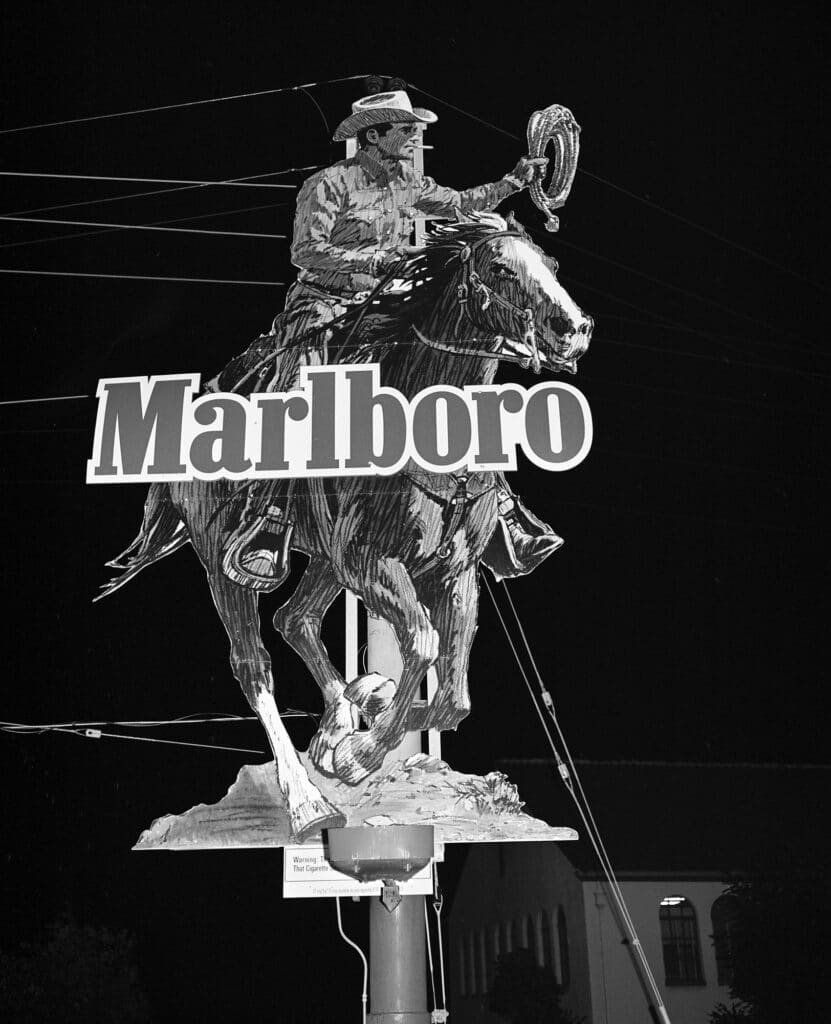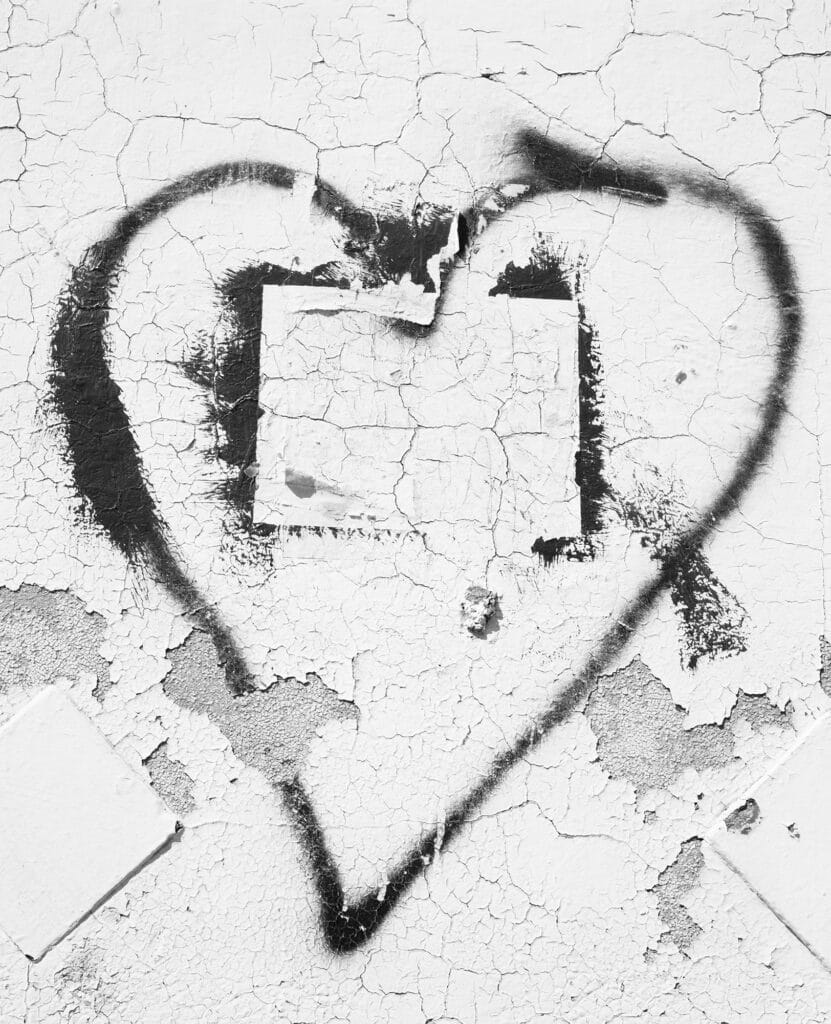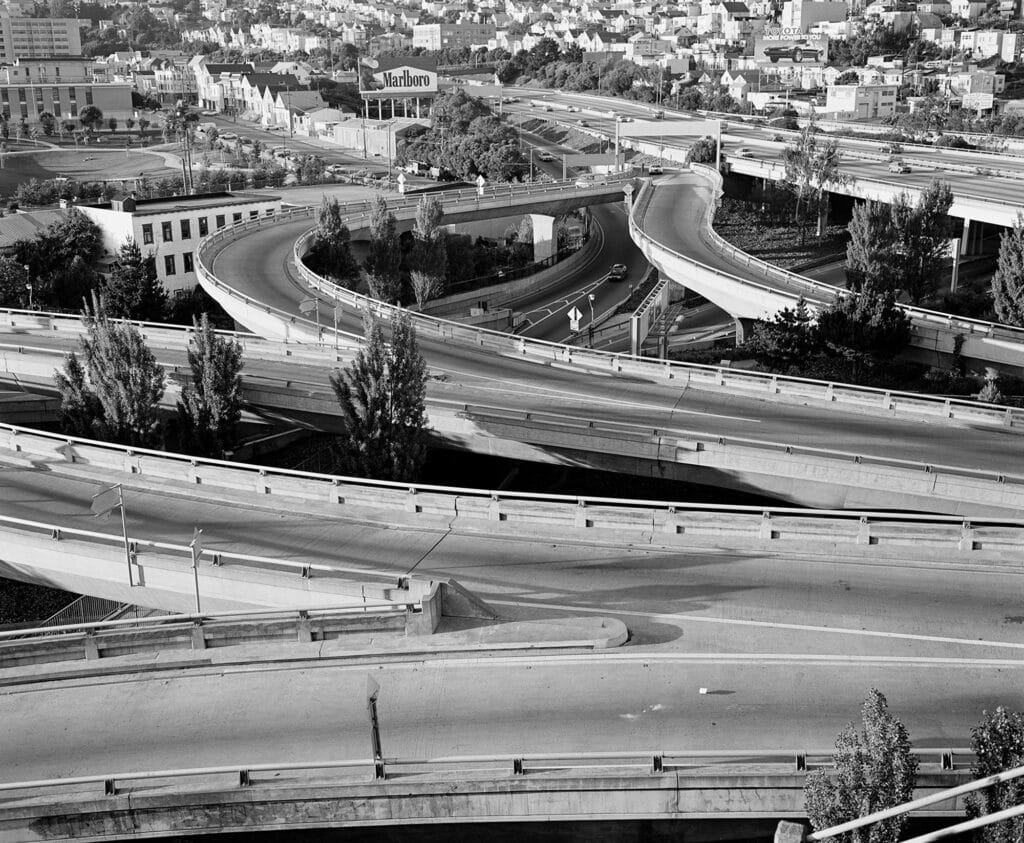
With the Haight Ashbury counterculture revolution flourishing less than 20 miles from her suburban California home that lay in the arid lands beneath the shadow of Mt. Diablo, photographer Mimi Plumb was spellbound by the psychedelic hippie scene. “That, along with the anti-war and civil rights movements, stood in sharp contrast to the bland uniformity of life in the suburbs of Walnut Creek and called out to me,” says Plumb, who has just been awarded a 2022 Guggenheim Foundation Fellowship.
At the age of 14, she decided to run away and hopped a Greyhound bus for San Francisco. “I went to North Beach, a place of romance and poetry,” she says. “I was there for 3 days and felt very young and clueless about the big city. I remember being in this guy’s apartment with the Beatles’ White album playing ‘Blackbird,’ singing in the dead of night.”
During her junior year of high school, Plumb fell in love with photography, reveling in the freedom it gave her to engage with the world. Through photography, Plumb found her voice to respond to the people and places she encountered along the way, using the camera to chart a personal history.
Gates of the West
In 1971, Mimi Plumb, then 17, decamped for San Francisco to study photography at the San Francisco Art Institute (SFAI). “Hundreds of other young people were at the school, and the energy was palpable,” says Plumb. “SFAI was located on a hill above North Beach, the city lights and the San Francisco Bay lit up at night. It was a romantic, dream-like setting. Wild parties were mixed with serious discussions about how to change the world.”
While studying with John Collier Jr., a protégé of Dorothea Lange, Plumb embarked on two projects, The White Sky and The Farmworkers, which allowed her to explore the myth of the American Dream. At the same time, Plumb took to the streets of San Francisco to chronicle her experiences in her adopted home. By that time the idealism of the 1960s had begun to fade away. “The Haight Ashbury seemed like a relic from a bygone era, the dream of communal spirit lost in the wake of Charles Manson, Jim Jones and the Hare Krishnas,” Plumb says.
After receiving her BFA from SFAI in 1976, Plum married and moved to Sacramento, where she worked as a secretary to the Department’s Executive Director. “I proposed that he hire me as a photographer to document the department’s housing and community development projects,” says Plumb, who then spent thee years photographing farmworker and Native American housing projects.
“Although I believed that what the department was doing was important work, it never seemed to be enough,” she says. “The bureaucratic hurdles required to make projects materialize helped to radicalize me. Along with my innate impatience, I decided to move on, back to San Francisco in 1980.”
Revolution Rock
Mimi Plumb settled into San Francisco fabled Mission District on the edge of town, where rents were affordable. During the 1980s, the predominantly Latino neighborhood was a hotbed for artists and radicals of all stripes. Clubs and galleries lined Valencia Street. On Plumb’s block there was a punk mall with t-shirts and zines, as well as the Gartland Pit, the scene of a fire that killed 25 residents in 1975 — where a collective of young artists known as the Urban Rates maintained active protests.
While the rebel music of the Dead Kennedys, the Clash, Crass, and the Gang of Four wafted through the air, avant-garde artist collectives like Mark Pauline’s Survival Research Laboratories (SRL) held performances in empty lots that combined large projectiles and explosions to redirect the military, scientific, and industrial tools and techniques away from warfare.
For a brief period in the early ‘80s, Plumb joined a collective that wheat pasted inspired political collage posters around the Mission and the East Bay — only to return to her true love, photography. Inspired by the movie, Koyaanisqatsi: Life Out of Balance, Plumb set off to photograph what she describes as “the manmade scars and refuse seen in my neighborhoods of the city and the Western landscape.”
In the new book, The Golden City, Plumb offers a look at San Francisco’s powerful dystopian undercurrent that begins in 1984 and barrels down until the turn of the millennium. “For me, the 1980s encapsulated the anxieties of a world spinning out of balance,” she says. “Global warming, civil wars in the Middle East and Central America, and the election of a former movie actor to the presidency of the United States, all contributed to a sense of ‘no future.’”
City of the Dead
In 1984, Mimi Plumb, then 32, returned to the San Francisco Art Institute to pursue her graduate studies. Working closely with teacher and mentor Larry Sultan, Plumb explored how she might photograph what it feels like to live in this moment of history. “My ‘80s pictures came from this desire to visualize the despair and disillusionment that I was feeling, an expression of a world turned upside down,” she says.
Over the next six years, Plumb added photographs of friends and strangers in what she describes as “odd and disquieting poses” as a way to describe the palpable sensations of discomfort and anxiety that enveloped her world. “The meltdown at the Chernobyl nuclear power plant in 1986 cemented my desire to photograph the environment,” says Plumb.
She visited Warm Water Cove a.k.a. Tire Beach, a long-time sewage outlet along the Bay filled with tires and abandoned cars. When a chimney at a local power station resulted in a fire along the 25th Street Pier, Plumb watched planes flying over the city dump. Looking at San Francisco along the horizon, Plumb recalls, “The tiny downtown buildings on the far-off horizon reminded me of Oz.”
Although many of the neighborhoods Plumb photographed in the 1980s have been rebuilt, the city slowly transformed from the heart of radical culture into a neoliberal playground for tech bros. “The city has become unaffordable,” she says. “Rent control has allowed some artists to remain in the Mission but the unhoused population continues to grow exponentially, revealing a deep, heart-breaking chasm between the rich and poor. I can’t afford to live there now, and it’s no longer a destination for young artists.”
The Golden City is published by Stanley/Barker, £45.00.

